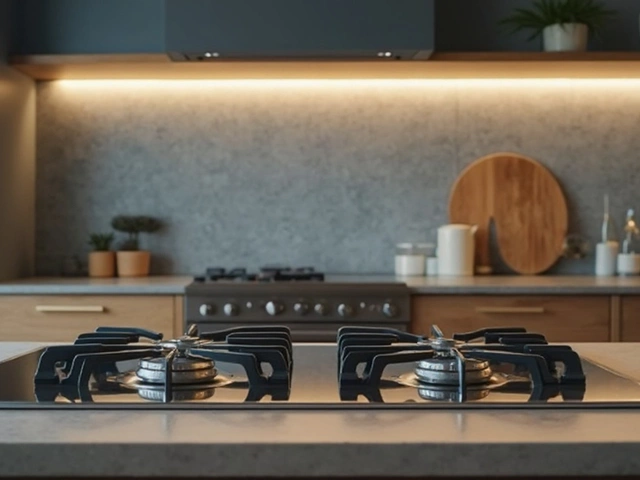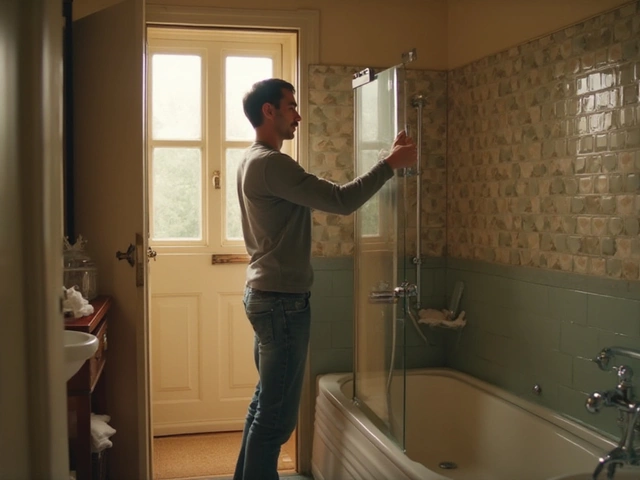Extractor Fan Motor – What Goes Wrong and How to Fix It
If your kitchen or bathroom fan suddenly hums, rattles, or stops altogether, the motor is usually to blame. A bad motor can leave the room steamy, smelly, or noisy – and fixing it yourself is often easier than you think. Below are the most common signs, quick checks you can do at home, and the point where calling a pro saves you time and money.
Signs Your Motor Is Failing
First, listen. A healthy fan runs with a steady, low‑pitch whir. If you hear a grinding noise, it means the bearings or the motor shaft are wearing out. Next, look at performance. Does the fan spin slower than before? Does it shut off after a few minutes? Those are classic motor‑overheat symptoms.
Another red flag is a burning smell. Over‑heated windings release a faint, sour odor. If you notice this, turn the fan off immediately to avoid a fire hazard. Finally, check the power. A motor that only works intermittently may have a loose connection or a failing capacitor.
DIY Checks Before Calling a Pro
Before you dial Rugby Appliance Repairs, try these three simple steps. 1. Power reset: Switch off the fan at the wall, wait 30 seconds, then turn it back on. Many motor issues are just a temporary overload. 2. Clean the blades: Dust and grease can strain the motor. Remove the grill, wipe the blades with a damp cloth, and let everything dry. 3. Test the capacitor: If you have a basic multimeter, set it to ‘capacitance’ and compare the reading to the value printed on the cap. A big difference means the capacitor needs replacement, which is often cheaper than a whole motor swap.
If the fan still stalls after these checks, the motor probably needs a professional touch. Replacing a motor involves disconnecting wiring, removing the old unit, and ensuring the new motor matches the fan’s voltage and size. Mistakes can damage the fan housing or create electrical hazards.
That’s where Rugby Appliance Repairs comes in. Our technicians know the exact motor models used in UK homes and can source a genuine replacement quickly. We also offer a same‑day service for urgent ventilation problems, so you won’t be stuck with a steamy bathroom for long.
In most cases, a motor replacement costs between £80 and £150, parts included. The price depends on the fan type – kitchen exhaust fans usually have larger, more robust motors than bathroom fans. Our transparent quote will detail labour and parts, so you know exactly what you’re paying for.
Remember, regular maintenance keeps the motor happy. Clean the grill every month, wipe any moisture off the housing, and run the fan for a few minutes after each shower or cooking session. These habits reduce strain and extend the motor’s life by years.
So, next time your fan fizzles out, run through the quick DIY checklist. If the motor still won’t cooperate, give Rugby Appliance Repairs a call. We’ll get the fan humming again, keeping your home fresh and safe.






